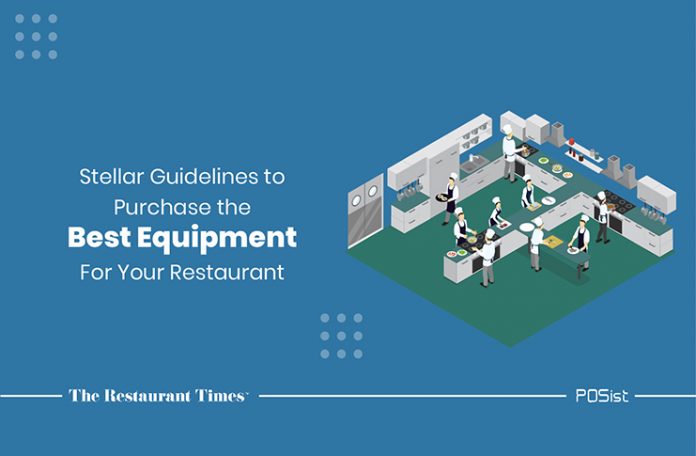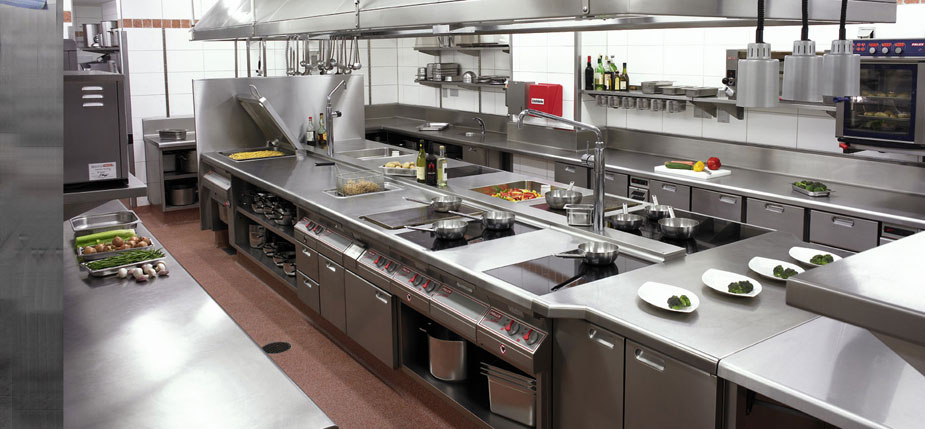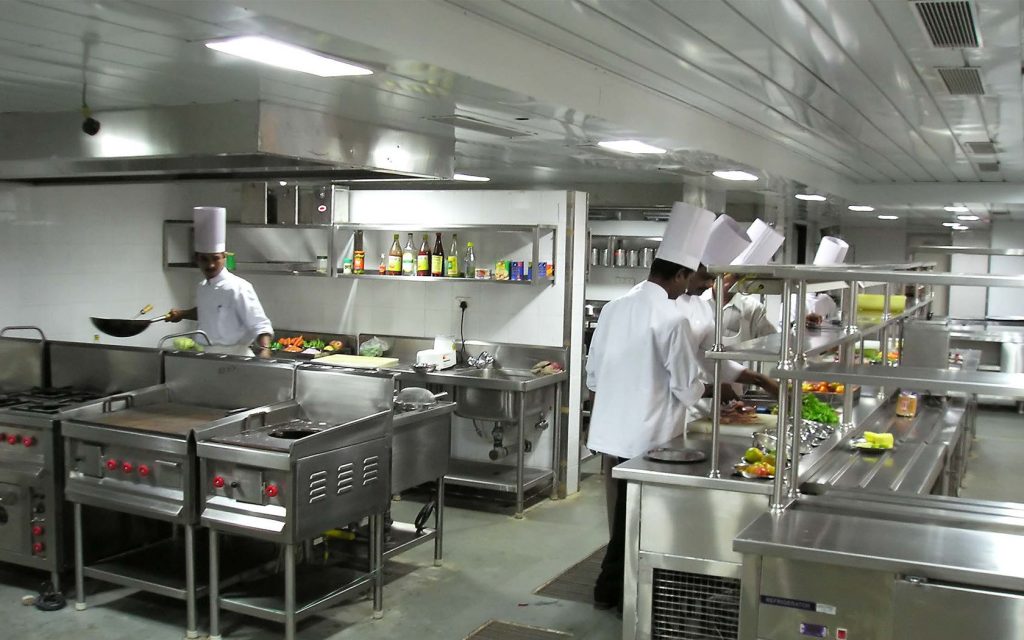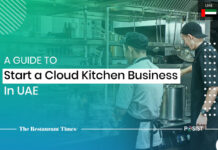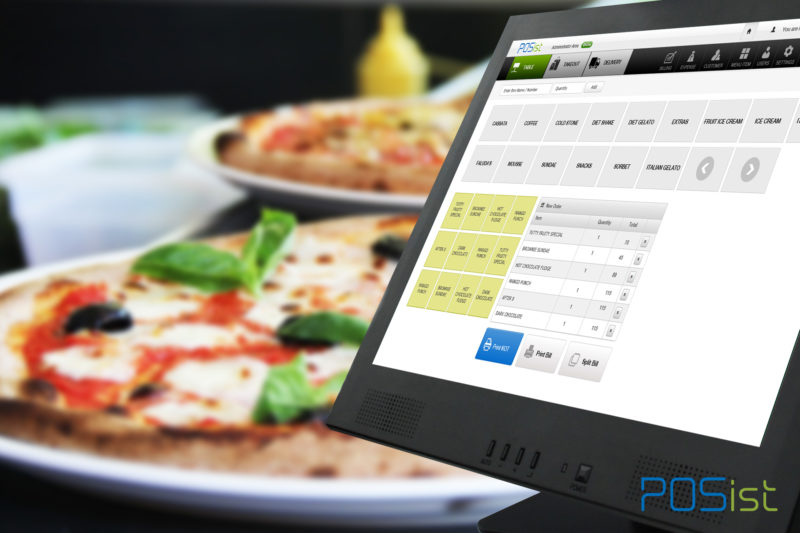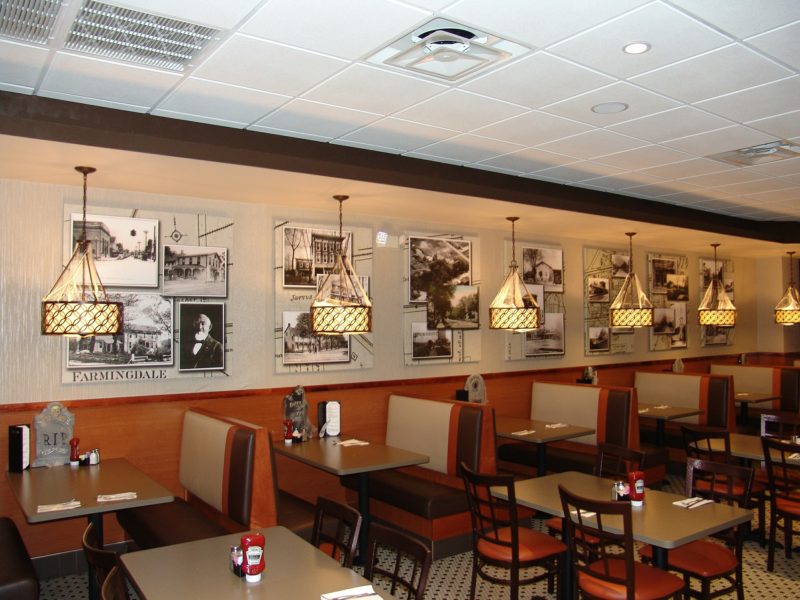Buying equipment is often considered one of the most tedious tasks while opening a restaurant. As the speed of preparation and customer service depends highly on the kitchen efficiency, you must pay due attention to the quality of your equipment. High-quality equipment ensures better performance and increased output in operations. Since restaurant equipment requires a substantial investment, one must pay utmost care while purchasing them and maintaining them. This article serves as an ultimate restaurant equipment buying checklist that restaurants in the UAE must follow.
Essential Restaurant Equipment Buying Checklist For UAE Restaurants
Mentioned-below are several things you must keep in mind while purchasing the right restaurant equipment for your business in the UAE.
1. The Need of the Restaurant
The type of restaurant equipment you would require in your kitchen depends a lot on your restaurant’s concept, theme, and cuisine. One of the most important points while purchasing restaurant equipment is deciding what types of equipment you need in your restaurant. Begin by determining your menu and analyze all types of kitchen equipment you would need to prepare the items on your menu.
2. Cost and ROI
If you are operating on a tight budget, analyze what types of restaurant equipment will be required. Ideally, you should not over-invest and should be able to recover the cost of the equipment. You can either go for second-hand equipment as they are budget-friendly or select multifunctional equipment that serves many purposes.
3. Space Utilization
While buying restaurant equipment, always keep the space available in mind. It is recommended that you get an estimate of the kitchen space required for each piece of equipment and then move towards purchasing the item.
Unless you follow these steps, you may end up having a cluttered kitchen and workspace that further hinders day-to-day operations and also delays customer service. Also, make sure that you measure the size of the equipment to ensure proper space utilization. You can also opt for multi-purpose equipment to save up on space.
4. User Friendliness
An important aspect of purchasing restaurant equipment is its ease of use and user-friendliness. One of the most significant advantages of buying the right restaurant equipment is reduced manual labor and improved efficiency. Complicated restaurant equipment may require additional training for your staff. That is why you must choose only those pieces of equipment that your employees can use easily.
5. Speed
Remember to check the speed of the equipment before purchasing it. See if the time taken to get the work done is faster than what it would take to do it manually. If you have a fast-paced, high order volume kitchen, your restaurant equipment must streamline the entire operations.
6. Maintenance
Proper restaurant equipment maintenance ensures longevity and improves efficiency. While purchasing the restaurant equipment, ask the dealer how frequently it requires servicing and whether it is covered in the contract. After purchasing the equipment, create a cleaning and maintenance schedule. Some specific equipment such as kitchen tops and counters must be cleaned daily, while others can be cleaned every week or monthly depending on the use.
7. Energy Efficiency
Choose restaurant equipment that is energy efficient. The cost of electricity required to operate the restaurant equipment is recurring and adds to the monthly restaurant costs. Hence make sure that it does not consume a lot of energy.
8. Material
The material used to build a piece of equipment plays an essential role in its overall lifespan and usability. Stainless steel, aluminum, galvanized steel, and wood are some of the most popular types of equipment material.
Stainless Steel: Stainless steel is the most recommended material for foodservice equipment. It is resistant to corrosion and discoloration, although it is also quite expensive. It is also a popular choice for kitchen utensils.
Aluminum: Aluminum is an excellent choice for buying kitchen equipment as it is rust-resistant, does not burn, and reflects heat and light.
Galvanized Steel: Galvanized steel is steel coated with zinc. Although reliable, galvanized steel is not recommended for counters that get wet as the zinc coating eventually chips and exposes the steel to rust.
Wood: Avoid wooden equipment in areas that are prone to get wet as they absorb moisture. You can go for laminated wooden service counters since they are attractive and can be used in the customer service area.
9. Purchasing New or Used Equipment
One of the major dilemmas many restaurant owners face while procuring restaurant equipment is whether to purchase new equipment or go for second-hand. Restaurants can save almost 70% of the purchase cost if they buy used equipment. When in doubt, you can compare the price of new equipment with the used ones and make a decision accordingly.
However, it is important to check for leaks and rust in second-hand equipment. If the equipment requires repair, avoid buying it. Instead, you can purchase previously used equipment that is still under warranty.
10. Safety
Proper safety measures and the well-being of restaurant staff and customers should be the first priority of restaurant owners. Research shows that most restaurant fire outbreaks are a result of poor kitchen cooking equipment. Thus, ensure that the restaurant equipment is safety compliant.
Ask for a Demo
Always check if the equipment is working properly before purchasing it. Ask for a demo from the dealer and take feedback from your staff to understand if they can use it properly. After the equipment has been installed, ask your suppliers to give it a test run to ensure that it is working correctly.
Buying restaurant equipment is a critical task but when chosen with care it can enhance customer service and reduce operating costs. Utilize these effective tips to purchase the best restaurant equipment and improve the efficiency of your restaurant!


